Flame Pattern
- Regular price
- $76.79 USD
- Sale price
- $76.79 USD
- Regular price
-
$119.99
Quantity:
Buy this today and save $43.20 USD! Only while stocks last.
Put any 4 items to your shopping cart. You will get the item of the lowest price for FREE.

- Visual Enjoyment: Brilliant refractions, enhancing the ambiance.
- Aroma Enhancement: Rich layers, elevated tasting experience.
- Unique Handfeel: Provides a comfortable and refined grip.
- Cultural Value: Embodies centuries of artisan craftsmanship.
- High-Quality Materials: Durable and safe for long-term use.
- Versatile for Various Liquors: Enhances flavors, universally practical.
- Artistic Collectible: A one-of-a-kind masterpiece of craftsmanship.
- Perfect Gift Choice: Symbolizes taste and elegance.
* Edo Kiriko is not just the engraving of glass; it is the embodiment of the artisan spirit. Every intricate pattern carries the aesthetic essence of the Edo period while reflecting the modern pursuit of perfection. Once a prized collection of nobles and wealthy merchants, it later became the preferred vessel for royalty and prestigious occasions. If you ever have the chance to hold a Kiriko glass, try rotating it against the light—the shimmering reflections are the very proof of a century-old artisan soul dancing within the depths of the glass.
Description
flame is a state or phenomenon of burning combustible gases, emitting light, heat, and flickering as it rises. Combustible liquids or solids must first turn into gas before they can burn and produce a flame. This is primarily due to the oxidation of the combustible gas by air or pure oxygen, resulting in light and heat emission. Some substances do not necessarily require oxygen for combustion; for example, reactive metals like magnesium can burn in carbon dioxide and nitrogen gas.
Product Info
Specification
Food-Safe:✔
Dishwasher:✖
Microwave:✖
Direct Heat on Stove:✖
Hot Water:✖
Description
flame is a state or phenomenon of burning combustible gases, emitting light, heat, and flickering as it rises. Combustible liquids or solids must first turn into gas before they can burn and produce a flame. This is primarily due to the oxidation of the combustible gas by air or pure oxygen, resulting in light and heat emission. Some substances do not necessarily require oxygen for combustion; for example, reactive metals like magnesium can burn in carbon dioxide and nitrogen gas.
Product Info
Specification
Food-Safe:✔
Dishwasher:✖
Microwave:✖
Direct Heat on Stove:✖
Hot Water:✖
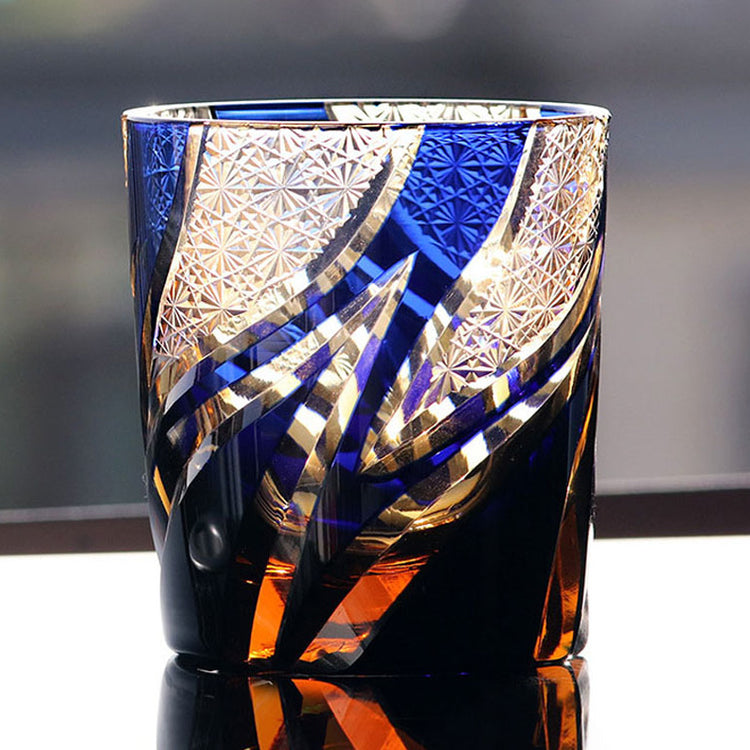
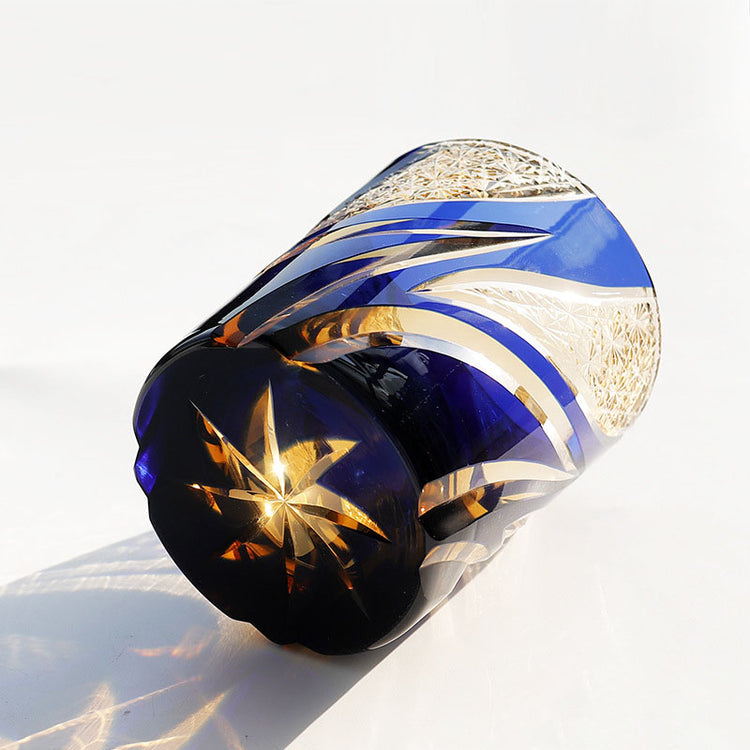
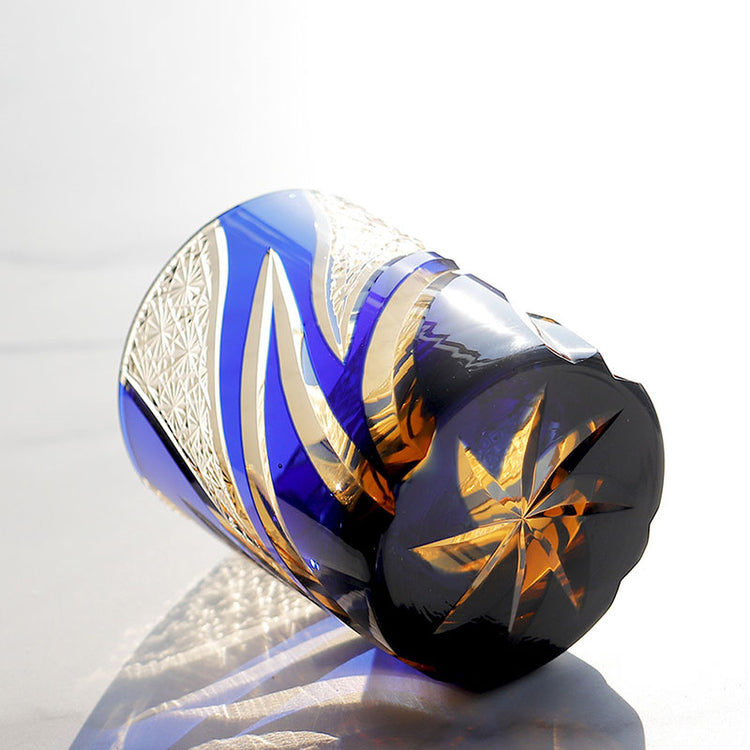
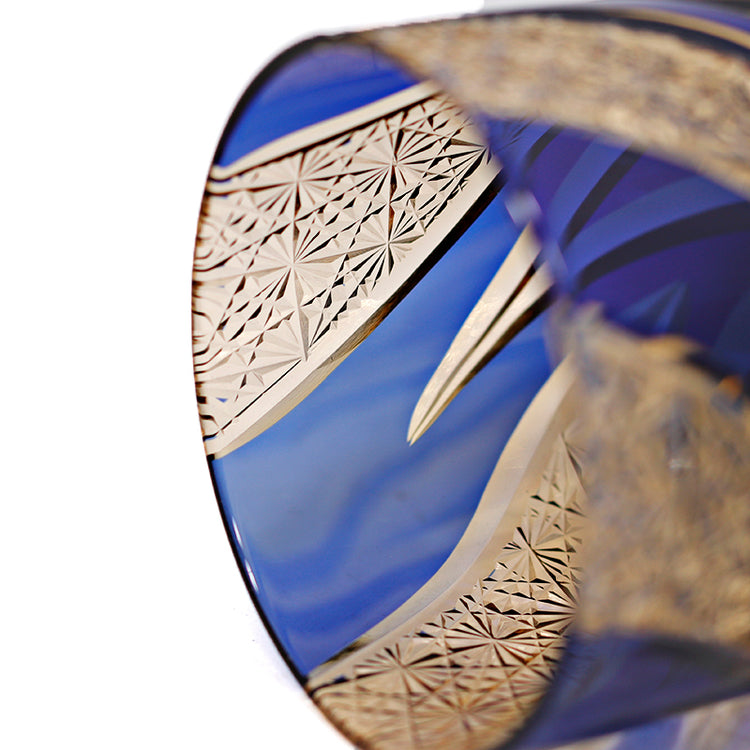
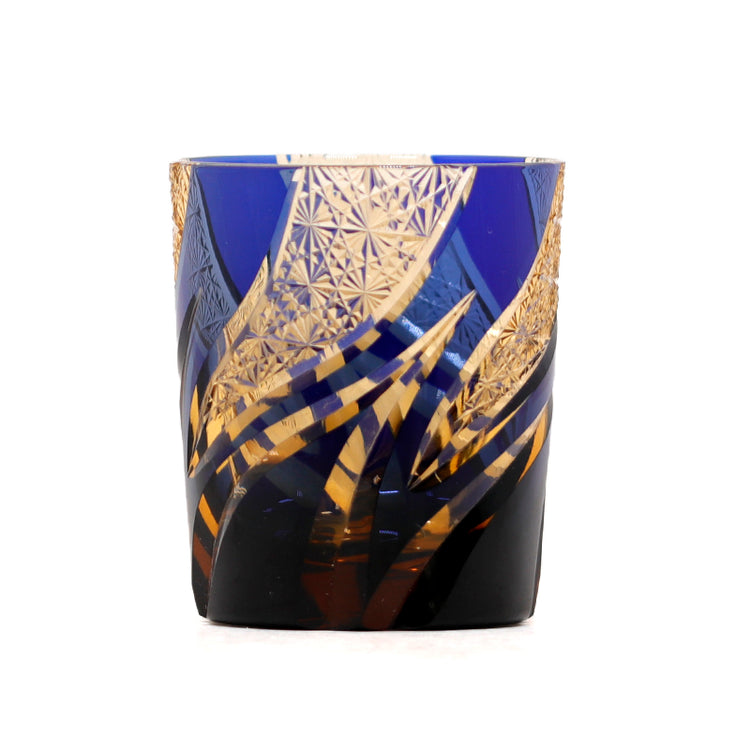
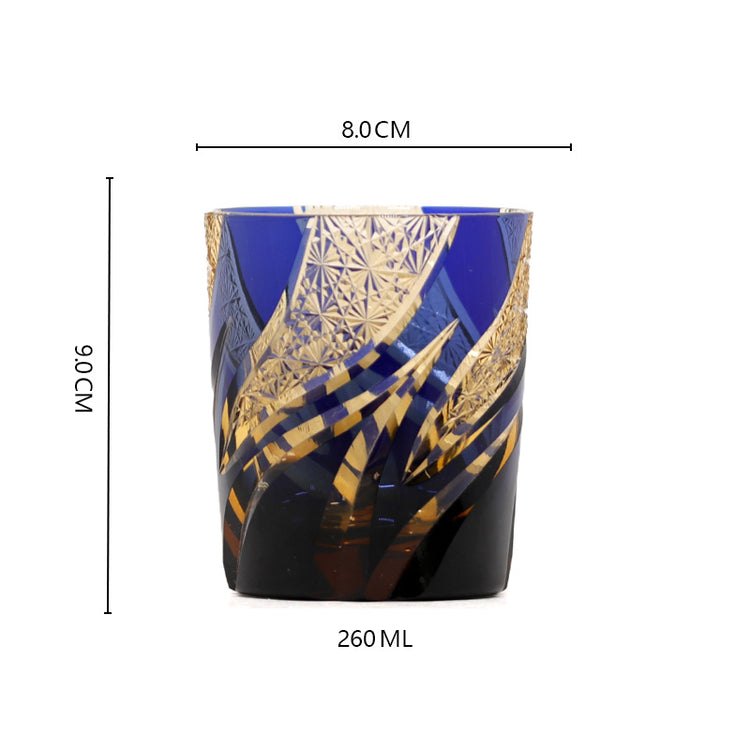
How to Make Crystal Whiskey Glasses?
The process of crystal whiskey glasses is a complex and labor-intensive one that requires a great deal of skill and expertise. Here are some general steps involved in the process:
-
1
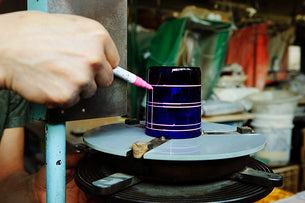
Design Blueprint: Prepare a meticulously designed blueprint, including details and patterns for cutting. This is a crucial step in determining the final shape of the cut glass.
-
2
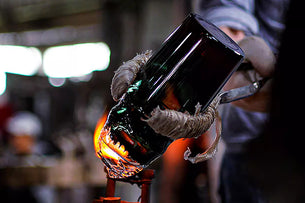
Prepare the Glass: Select high-quality glass, ensuring a smooth and flawless surface. Place the design blueprint on the glass surface as a reference.
-
3
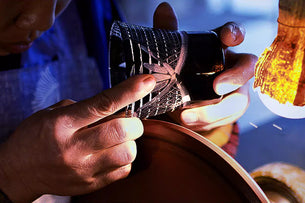
Cutting: Use professional cutting tools to cut the glass surface according to the design blueprint. The artisan needs to control the cutting tools accurately to ensure precision.
-
4
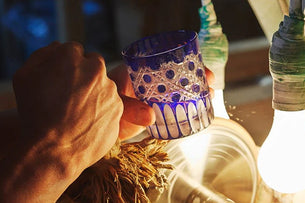
Grinding: Perform rough grinding on the cut glass to remove sharp edges and make the surface smoother. Use a grinder for fine polishing to make the cut parts smoother and give them a glossy finish. This step helps highlight the cutting details.
-
5
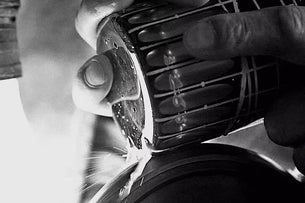
Polishing: Polish the cut glass to make the surface smoother and add a shiny effect, enhancing the overall aesthetics of the piece.
-
6
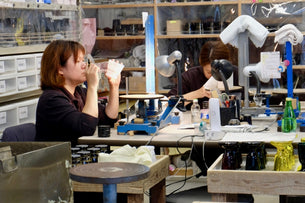
Cleaning and Inspection: Clean and dry the cut glass thoroughly, then meticulously inspect every detail and quality aspect. This ensures the final product is flawless and meets the required standards.













